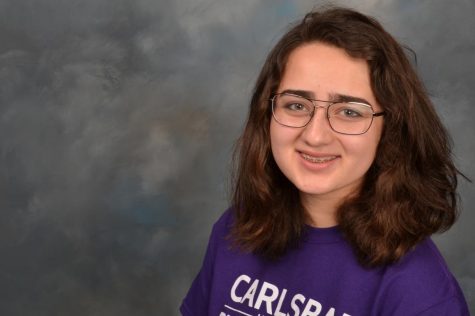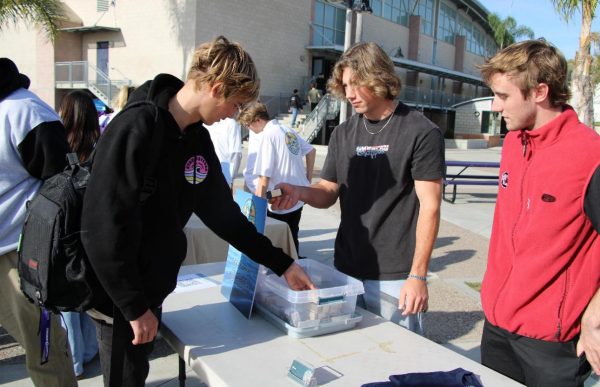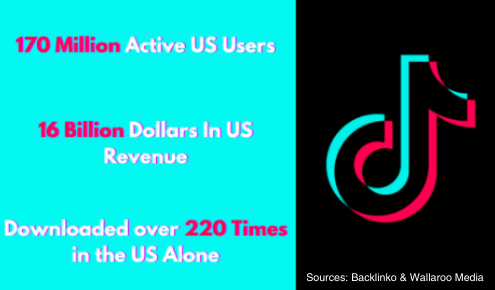FDA launches campaign against teen vaping
It has become hard to enter a bathroom here at school without detecting a lingering smell of a quick vape break. E-cigarettes has officially become classified by the FDA as an nationwide epidemic. Because of this, the Food and Drug Administration launched a campaign against youth vaping on Tuesday, Sept. 12, that will try new ways of reaching young people who have already become hooked on nicotine.
The FDA will place posters in 10,000 school bathrooms and ads on websites. This could prove to be helpful as most high schoolers vape in the bathrooms. “A place we know many teens are using e-cigarettes or faced with the peer pressure to do so” FDA commissioner Scott Gottlieb said.
“I’m often in the bathroom and there are teenage girls just going crazy and almost shaking because they had to go through a two hour class without vaping,” junior Carolina Rebaza-Salizar said.
“The Real Cost” is a campaign that targets nearly 11 million young people ages 12 to 17 who have used e-cigarettes or are open to trying them. Started back in 2014, FDA calls the project a “full-scale e-cigarette prevention campaign.” The results of the FDA’s national 2017 youth tobacco use survey show that while e-cigs were targeted to adult smokers, they are most frequently used by middle to high schoolers.
“[Teens] would still be in their own world of saying it’s better than cigarettes and won’t cause addiction,” senior Odaliz Gutierrez said.
Vaping has been a subject of discussion by the FDA since 2017 when officials started to discuss their potential to help wean smokers off of regular cigarettes. There is still very limited research and data that e-cigs are effective in helping smokers quit. Nicotine is the substance that makes tobacco products addictive, and it is also found in most e-cigs. The intake of nicotine can cause brief feelings of euphoria and can reduce stress. The campaign will also fund marketers for presentations against vaping to middle and high schoolers, similar to the demonstrations already done against drugs and suicide.
“For children it would make a bigger impact because their mindset is still new,” Gutierrez said.
FDA commissioner Gottlieb says the five largest e-cigarette manufacturers will have 60 days to prove that they are doing everything they can to stop minors from getting a hold of their products. There is fear that vaping is hooking a whole new generation of children to nicotine. The agency is now considering banning flavored cigarettes and online sales of vapes in general, specifically to try to stop the temptation of vaping to minors.
“It’s obvious that e-cigarettes are going to have physical tolls on the smokers body whether it be in the long term or short term,” Rebazar said.
The FDA has started releasing online ads and social media posts in addition to the physical posters being sent to be stuck up to try to reach a larger audience. Advertising will be placed in 35 U.S. markets selected specifically to reach the campaign’s target audience. campaign’s central message is “smokeless doesn’t mean harmless,” which aims to motivate teens to reconsider what they think they know about smokeless tobacco use.
“We have a responsibility to reduce the death and disease toll from tobacco use. That includes educating kids about the harms of tobacco use in an effective way, in a way that will reach them,” Director of the Center for Tobacco Products Mitch Zeller said.
Your donation will support the student journalists of Carlsbad High School. Your contribution will allow us to purchase equipment and cover our annual website hosting costs.










Dan Weis • Oct 15, 2018 at 5:22 am
This is a great story and a very important topic. While the original intent of vaping may have been to help people who smoke large amounts of cigarettes quit that habit and reduce the amount of tar and other toxins received from it, it has clearly exploded in to an epidemic that has resulted in youth who never have smoked before becoming highly addicted to nicotine.